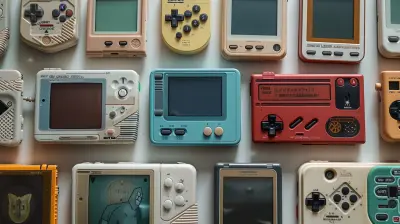The Impact of Player Physics in Modern Sports Games
9 July 2025
Let’s be real—sports games today aren’t just about flashy graphics or the number of teams you can pick from. The real magic? It’s in the player physics. That’s right. The way athletes move, collide, sprint, stumble, and even fall flat on their face? That’s all physics, baby.
In this post, we’re diving deep into the guts of modern sports games to understand how player physics has absolutely revolutionized the gaming experience. Whether you're a casual FIFA player, a die-hard NBA 2K fan, or you’ve rage-quit a Madden game because a glitchy tackle cost you a win—you’ve felt this impact firsthand.
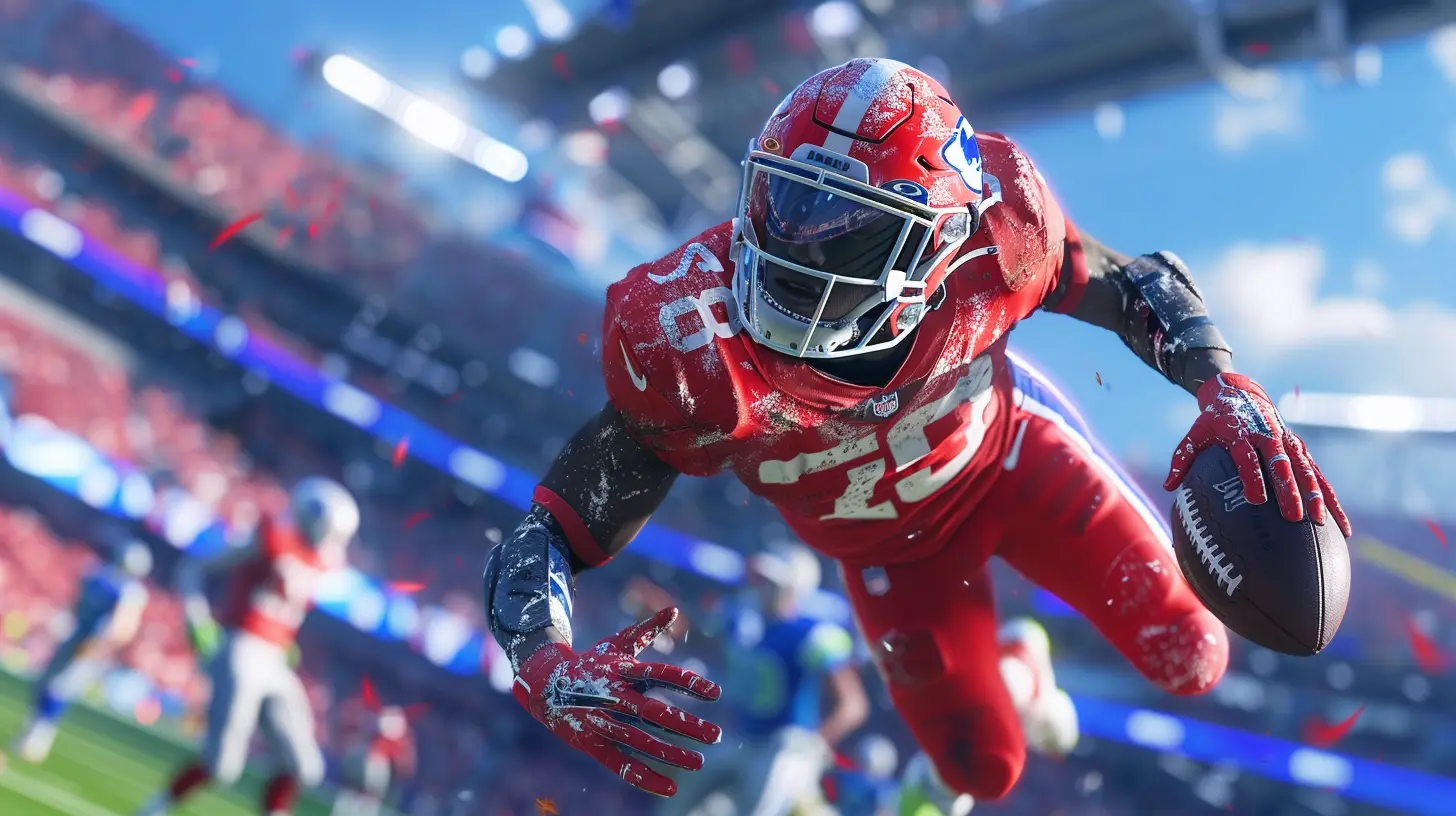
What the Heck Is Player Physics Anyway?
Before we go full throttle, let’s break it down. Player physics is the system that governs how characters in a game move and interact with the environment and each other. It’s the invisible puppeteer pulling the strings, making your QB's spiral look real or causing a defender to trip when they mistime a tackle.In the old days—think 90s and early 2000s—these systems were... let’s just say “primitive.” Everyone moved like they had sticks for legs. Now? It’s all about fluid motion, realistic momentum, and adaptive AI that responds to physics in real-time.
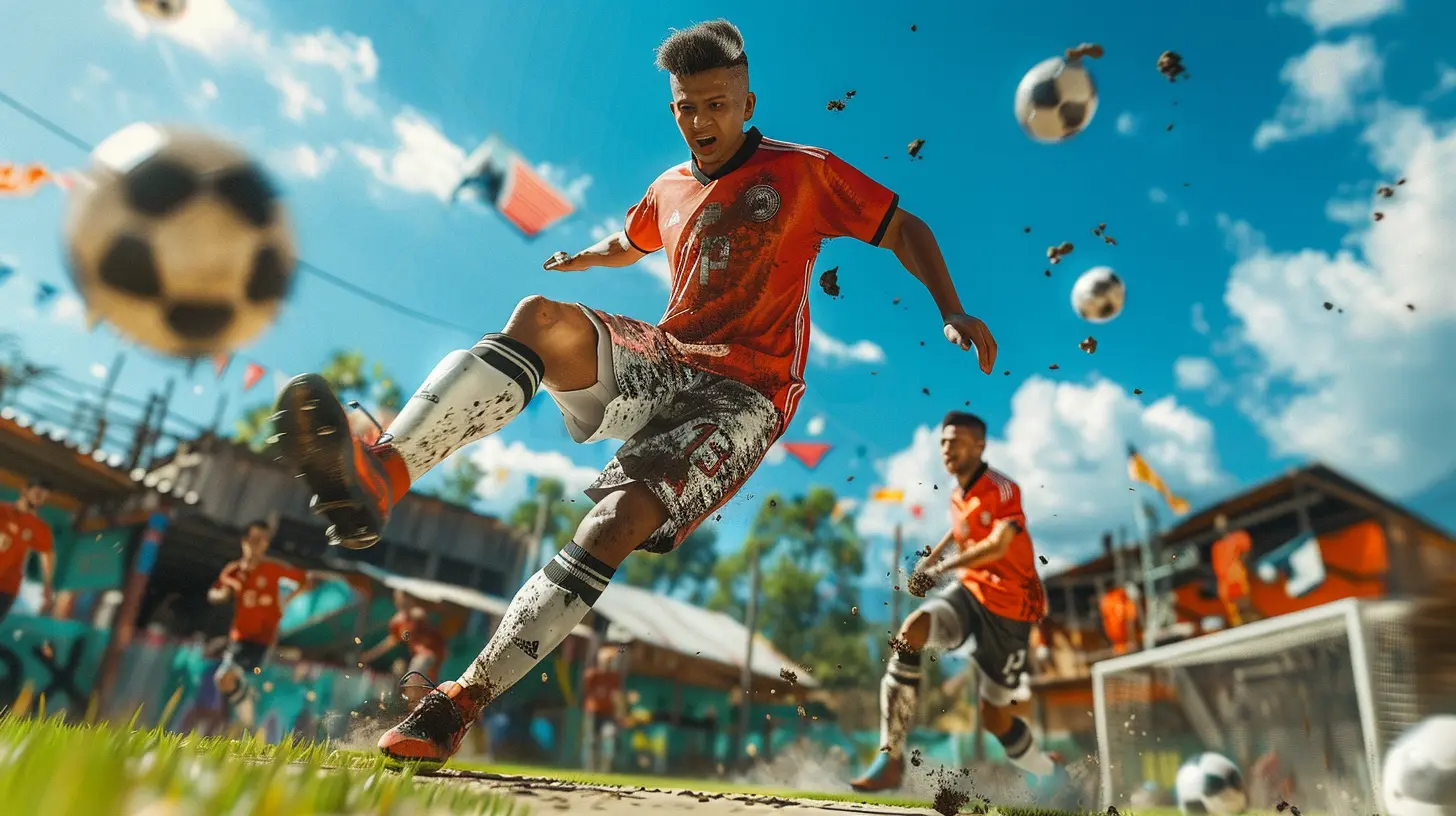
Why Player Physics Matters (More Than You Think)
You ever play a sports game where two players just melt into each other during a collision? Yeah, not fun.That’s the hallmark of poor or outdated physics. But when it’s done right? You feel like you’re watching a real game unfold. Improved player physics makes everything more immersive, from player movement and ball control to tackles, dunks, and goal celebrations.
Think about it: when your character stiff-arms a defender or lands a perfect alley-oop, and it feels right—like you actually pulled off something epic—that’s physics doing its job.
So yeah, it's a big deal.
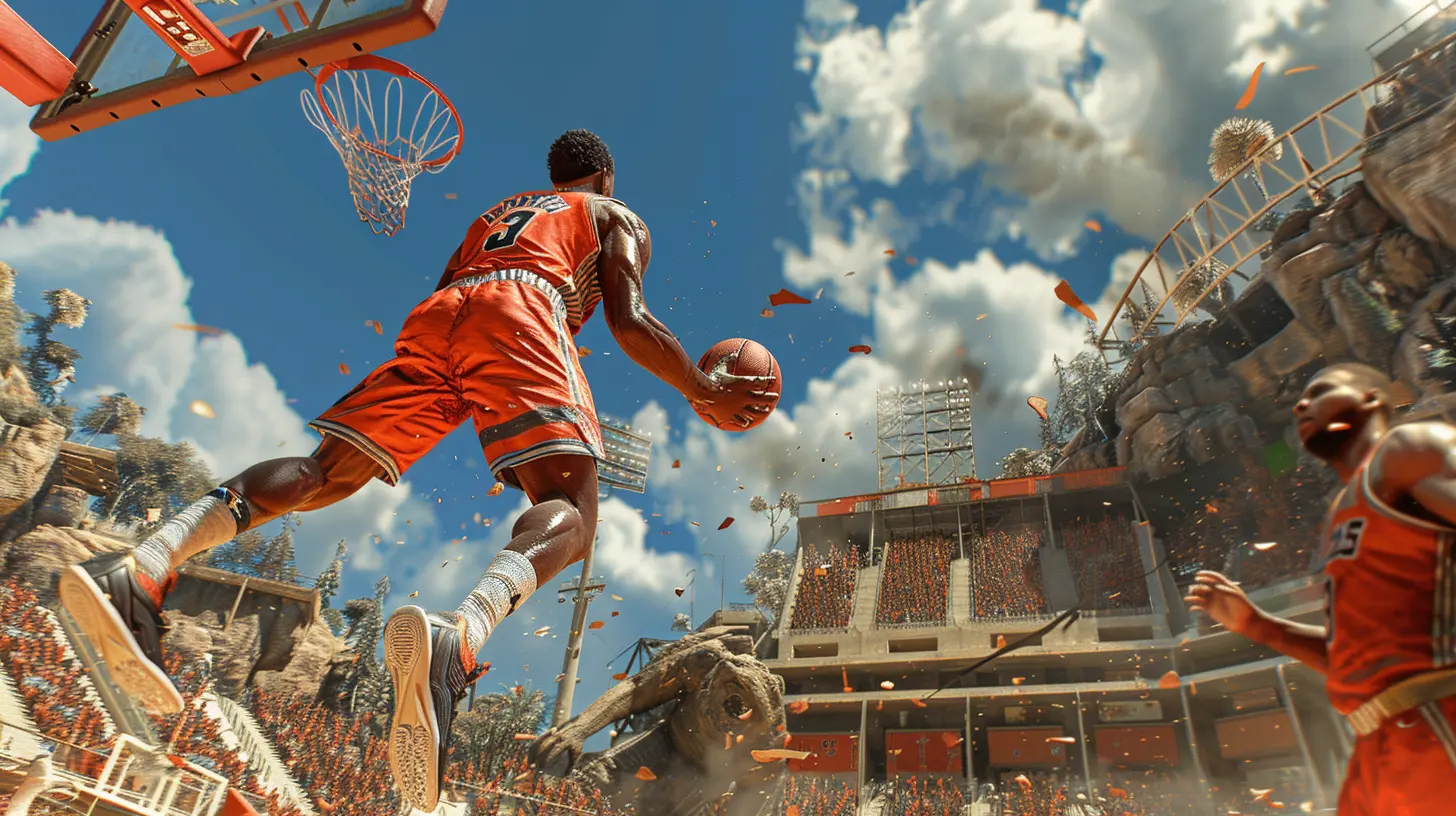
Collision Systems: A Game-Changer
Let’s talk about impact—literally. One of the biggest upgrades in player physics systems has been in collision detection and response.Older sports games used pre-determined animations. Every tackle looked the same. Every fall? Identical. But now, modern titles use real-time physics engines. That means when players collide, the reaction is based on momentum, mass, and angle. Just like in real life.
Games like Madden NFL have introduced advanced Hit Stick Physics that let you unleash brutal, bone-crunching tackles that look and feel unique every time. FIFA, on the other hand, uses Advanced 11v11 Motion Matching—a fancy way of saying every physical interaction is custom-built.
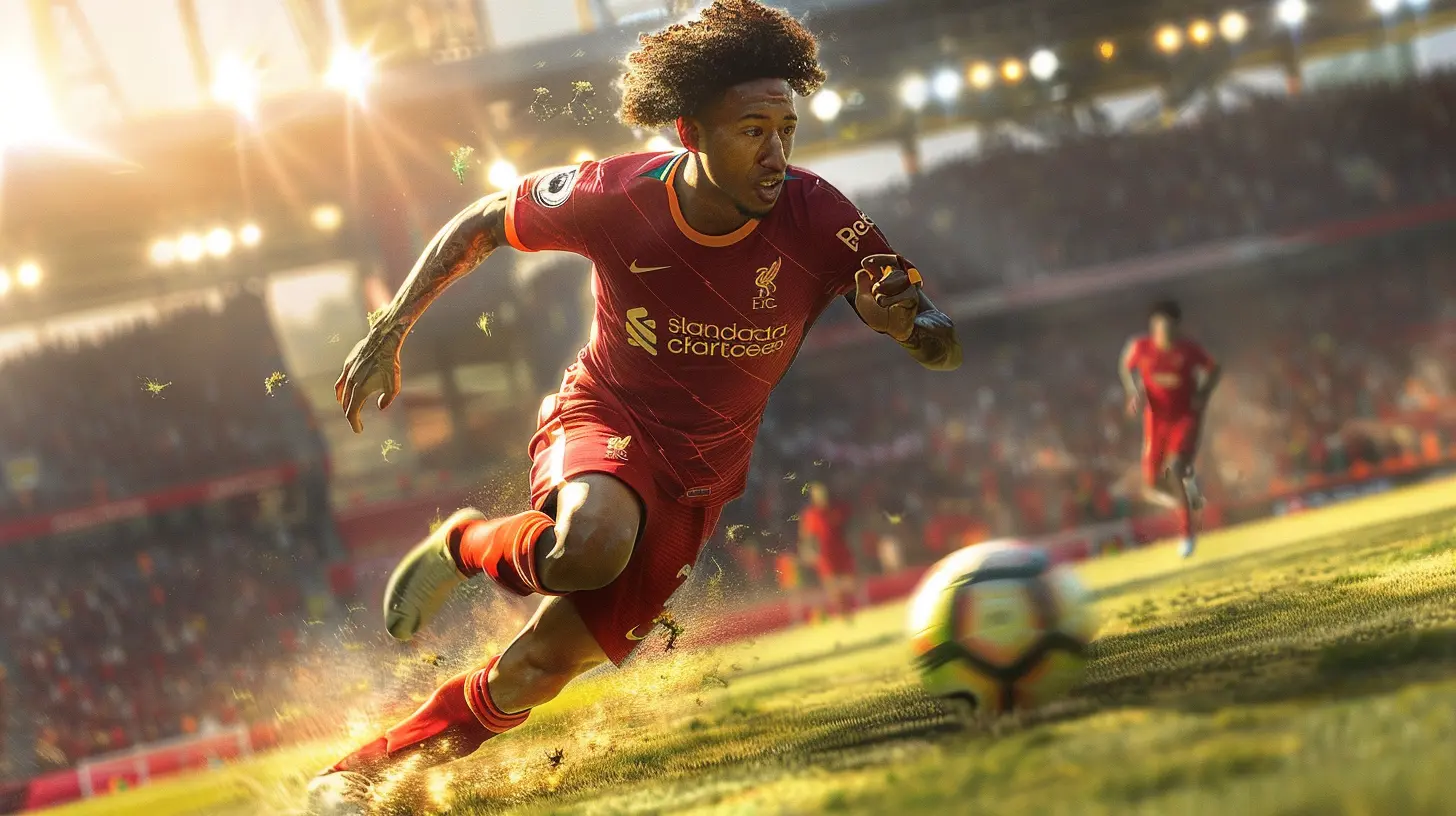
Momentum and Weight: Every Step Matters
In real sports, players can't stop on a dime or change direction in mid-air. That’s physics. And modern sports games have come a long way in capturing these nuances.With momentum-based movement systems, things like weight, speed, and quickness actually matter. A 300-pound lineman isn't going to chase down a wide receiver like he’s Sonic the Hedgehog. And that’s the point.
Games like NBA 2K simulate body weight and fatigue into how quick and precise your player feels. So if you’re dragging through the fourth quarter with tired legs, that sluggishness isn’t your controller acting up—it’s physics doing its thing.
Animation Blending: Smooth Like Butter
Ever notice how seamless animations have become in the latest sports titles? That’s down to something called animation blending, which has gone hand-in-hand with player physics evolution.Instead of snapping from one animation to another (which used to look jerky AF), modern games blend them together based on physics calculations. So that slide tackle that turns into a recovery run? It looks real because it flows naturally.
And you’ll see this across the board—in FIFA slides, NBA 2K crossovers, and even MLB The Show’s diving catches. It’s smoother than ever, and it massively boosts immersion.
AI Behavior + Player Physics = Next-Level Competitiveness
Physics doesn’t just affect how players move—it changes how they think and react (well, at least the AI does). When the AI understands momentum and player positioning, it becomes way smarter.Take EA’s FIFA again. Defenders position themselves based on predicted trajectories, not just your button inputs. That creates a cat-and-mouse chase that feels a ton more real. The AI isn’t just reacting—it’s anticipating because the physics system tells it what’s likely to happen next.
It’s like playing against someone who’s reading your mind... or at least your physics.
Realism vs. Fun: Striking the Balance
Okay, pause. Here’s the controversy: Not everyone loves ultra-realistic physics.Some gamers argue that too much realism makes games slow or clunky. Like yeah, I get it—real life has momentum and gravity—but I don’t want to feel like I’m trying to sprint through molasses every time I take control of a player.
Game developers have had to find that sweet spot between realism and playability. It’s a balance between simulation and arcade-style fun. And honestly? When done right, it’s beautiful.
That’s why FIFA still lets you pull off some cartoon-level dribbling when you’re in the flow. Or why NBA 2K lets you slam dunk over three defenders even though physics says “nah, you shouldn’t.” Sometimes, fun wins.
Motion Capture + Physics = A Whole New Beast
You’ve probably heard about motion capture in gaming. It’s when real athletes wear suits covered in little balls, and cameras track their every move for use in a game.But here’s the kicker: motion capture only works wonders when combined with accurate physics. The mo-cap gives the movement, but the physics engine tells the game how to apply those moves based on in-game conditions.
It’s like mo-cap gives the game muscles, and physics gives it a brain.
The Power of Next-Gen Hardware
Let’s not ignore the elephant in the room: powerful consoles mean better physics.The PS5 and Xbox Series X have unlocked a new level of processing power. That’s allowed developers to create more sophisticated physics calculations without killing your framerate.
You get smarter AI, more realistic collisions, and smoother gameplay—all in real-time. No wonder games feel more "alive" than ever.
E-Sports and Competitive Play: Physics Matters Here Too
Competitive gaming isn’t just for shooters like Call of Duty.Sports e-sports—hell yeah, that’s a thing—have exploded, and player physics plays a huge role. The difference between victory and defeat in e-sports can be milliseconds, and that’s where precise physics-based movement makes all the difference.
When you’re in a FIFA tournament with $10,000 on the line, you better believe the way your striker plants his foot before a shot matters.
The Future of Player Physics in Sports Games
So, where are we headed with all this?We’re talking about machine learning AI, hyper-realistic deformable player models, and even physically simulated crowd interactions. Imagine a game where a player slipping on a wet surface isn’t scripted but caused by actual environmental physics detection.
Crazy? Not really. We’re already seeing early signs of this in titles like EA Sports FC and NBA 2K24. The line between games and reality? It’s blurring faster than ever.
Final Thoughts: Physics Is the MVP
Look, you can have the best graphics, the coolest game modes, and the most licensed teams... but if your player physics sucks, the whole game falls apart.It’s the unsung hero that powers everything behind the scenes. It makes movement real, collisions impactful, and gameplay unpredictable—and that unpredictability? That’s what keeps us coming back game after game, rage quits and all.
From casual couch matches to high-stakes e-sports showdowns, player physics is shaping the way we feel sports games. And if that’s not worth cheering for, I don’t know what is.
all images in this post were generated using AI tools
Category:
Sports GamesAuthor:

Madeleine McCaffrey
Discussion
rate this article
2 comments
Hadley Burton
Player physics transform sports games, enhancing realism and immersion. The intricate balance between authenticity and gameplay ensures a more engaging experience, reflecting true athleticism while inviting creativity.
October 21, 2025 at 3:24 PM

Madeleine McCaffrey
Thank you! I agree that player physics significantly elevate the realism and creativity in sports games, making the gaming experience more immersive and reflective of real-world athleticism.
Phoenix McCoy
Ah yes, because nothing screams realism like watching a 300-pound linebacker defy gravity while moonwalking past defenders. Truly, physics has become the MVP of our virtual sports leagues!
July 18, 2025 at 2:42 AM

Madeleine McCaffrey
Thanks for your comment! It's true that player physics can sometimes stretch reality, but they also enhance the fun and excitement of gameplay. Balancing realism with entertainment is key in sports games!

